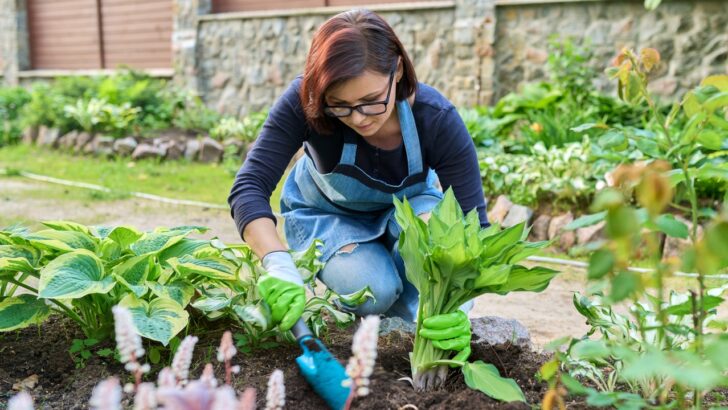Gardening is hard work; a true labor of love, dirt, and sweat. But there is something so rewarding when you step back and take a look at what you’ve achieved after weeks of watering and toiling in the dirt. It’s no wonder gardening is becoming a very popular hobby across the United States, with 55% of households having a garden, according to a 2023 report by Bigger Garden.
But, if you find yourself pressed for time or you just seem to have a brown thumb, like I used to before I really dug in and started to learn everything I could, you might not be all that keen on high-maintenance plants. However, there are some great plants that not only thrive even on minimal care but last year-round, too. So grab those gardening gloves and your tools — we’ve got (just a little) work to do.
How We Came Up With Our List

Image Credit: Deposit Photos.
To get a good feel for the types of low-maintenance year-round plants that stand out, we consulted several gardening experts as well as reputable sites in the industry.
Experts cited throughout this article include Tammy Sons, who is a plant expert, founder, and CEO of TN Nursery; Steven Corcoran, the CEO of the lawncare comapny Lawn Love; and Siobhan Shaw, the co-founder of Growing to Give, a non-profit that develops projects and partnerships to free people from hunger across the country and around the world
Winterberry Holly

Image Credit: Shutterstock.
Winterberry Holly is one plant that Sons recommends for low-maintenance landscaping. She said it has “adapted to local environments, which leads to reduced requirements for water and fertilizer and maintenance needs.”
During the cooler months of the year, Sons says that winterberry usually sheds its leaves, but it maintains colorful berries, which adds some color to your yard in some of the bleakest months. According to Sons, you should plant Winterberry Holly in well-drained soil, and make sure you avoid waterlogged areas when planting. She says pruning will stimulate more berry production, and the berry grows well in zones 3 to 9.
Switchgrass

Image Credit: Shutterstock.
Ornamental grasses, like switchgrass, can help add depth and dimension to a landscape. They’re tall and versatile to use, so you can include them in flower beds, water gardens, or as a border plant. Like Winterberry Holly, Sons says switchgrass isn’t a high-maintenance plant, and it “maintains its structure throughout winter while providing texture and movement to the landscape.”
She says it’s good for aesthetic appeal, and she often uses it along with Winterberry Holly because they allow her to save time when planting. According to Sons, they “work with nature, not against it. ” It’s hardy in zones 3 to 9.
Rosemary
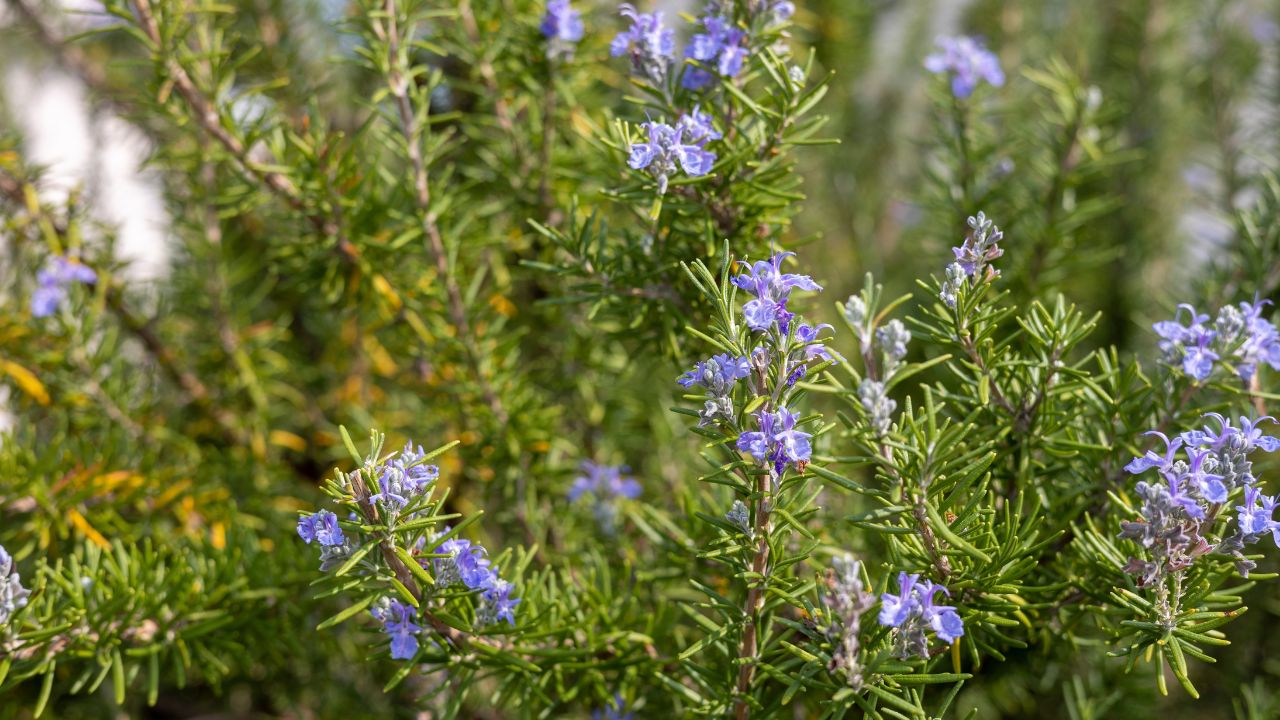
Image Credit: Shutterstock.
Another versatile, yet low-maintenance plant, Growing to Give co-founder Siobhan Shaw considers rosemary a “ride-or-die in [her] garden” for many reasons. “It’s so convenient to walk outside and snip herbs for dinner,” Shaw said. Rosemary can make a wonderful addition to turkey, but you can also add it to a multitude of dishes and salads for a pop of flavor.
Shaw says rosemary is a plant that “keeps its shape like a boxwood, smells incredible, and doesn’t throw a fit if you forget to water.” The only things it really needs are full sun and soil with good drainage. For year-round growth, it’s best suited to zones 8 and southward.
Blueberries
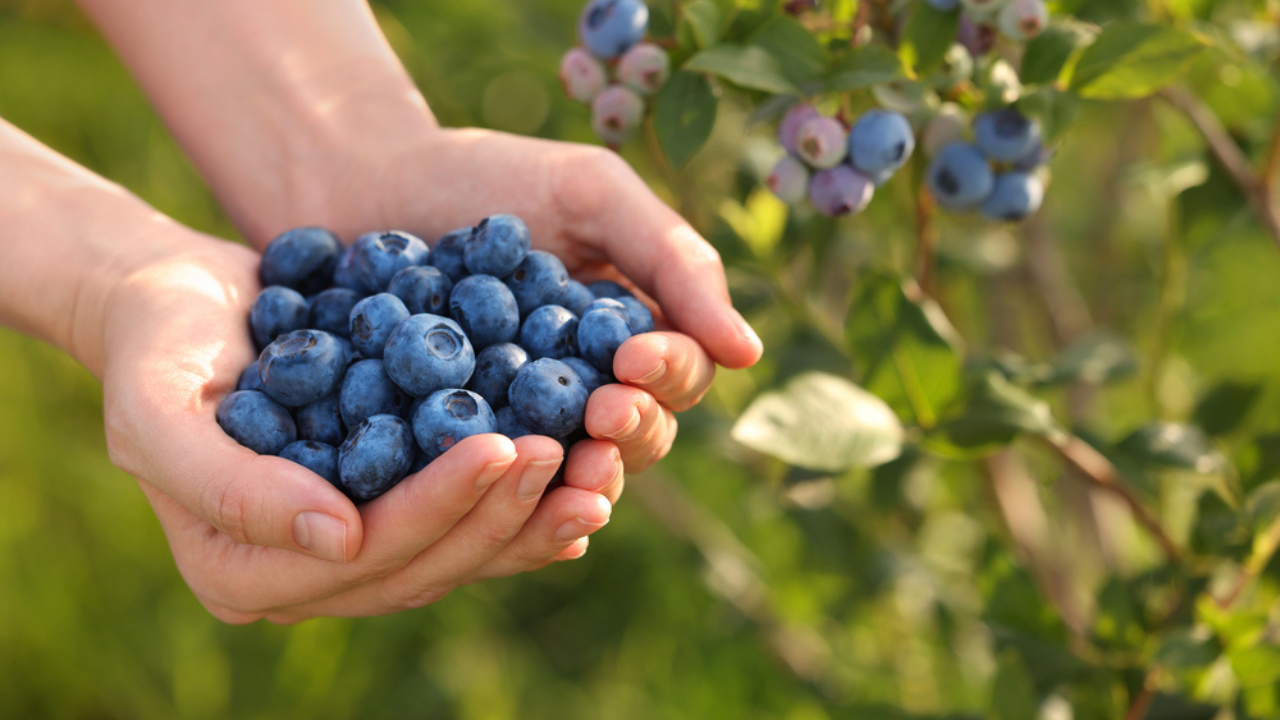
Image Credit: Deposit Photos.
Imagine walking out into your yard and grabbing a few tasty blueberries off a bush as a snack or harvesting a bunch to bake a mouthwatering pie. Sounds delicious, right?
It’s possible, Shaw says, and while she notes it often comes up as one of the suggestions for year-round plants, there’s a good reason for it. Not only do they yield berries (though that may take a few years, she cautions), they’re enjoyable to look at all year round as they go through their seasonal phases and take very little to keep growing: “acidic soil and a little mulch.” And, if you want a good harvest, Shaw says you don’t have to go the route her friends did and start a farm. “Even a couple bushes can make a big difference.” They’re hardy in zones 4 to 10, depending on the variety you grow.
Good King Henry
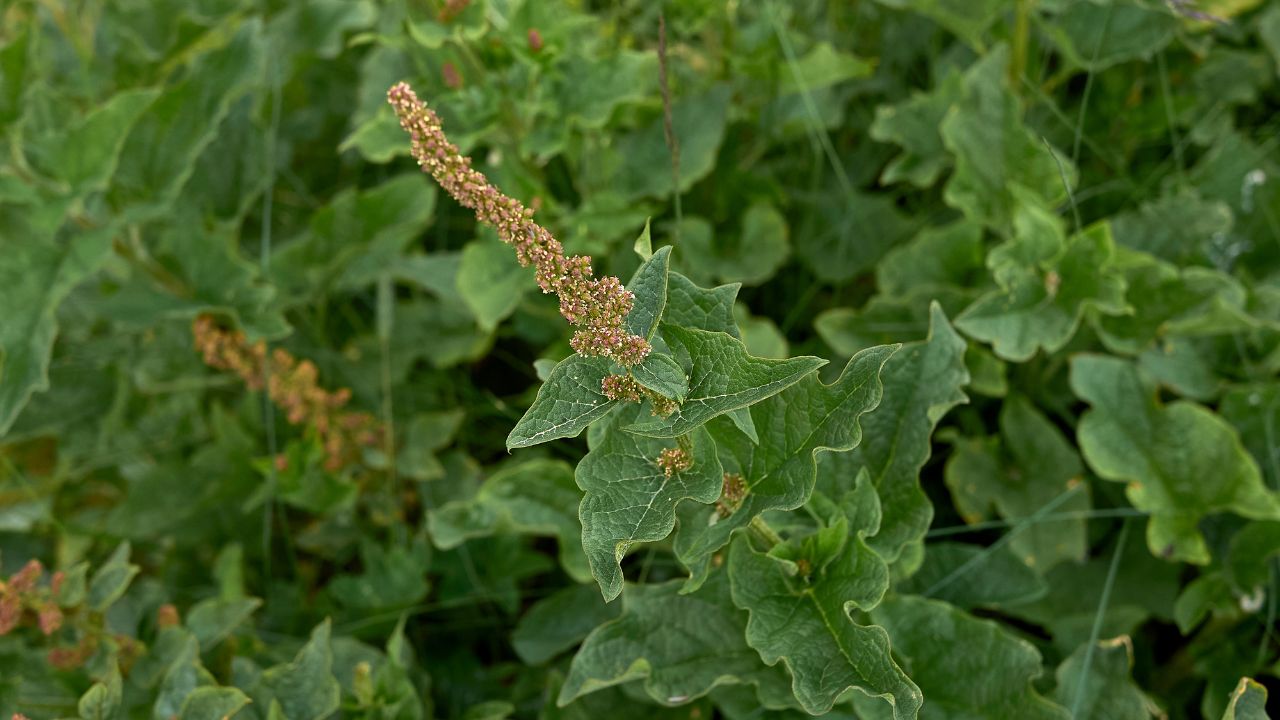
Image Credit: Shutterstock.
Shaw acknowledges that the plant, Good King Henry, is “a wild card,” and one that is undoubtedly more old-school these days, so you likely won’t see it often. But it’s a perennial that returns year after year “even when you forget it’s there.”
Good King Henry is cooked much like spinach by harvesting the leaves and cooking them down, though if you plant them from seed, it’ll take a year before they’re ready to harvest, according to Nature & Nurture Seeds, a plant seed shop. Shaw says they taste like asparagus. They thrive in full sun to partial shade and grow best in zones 3 to 7.
Boxwood
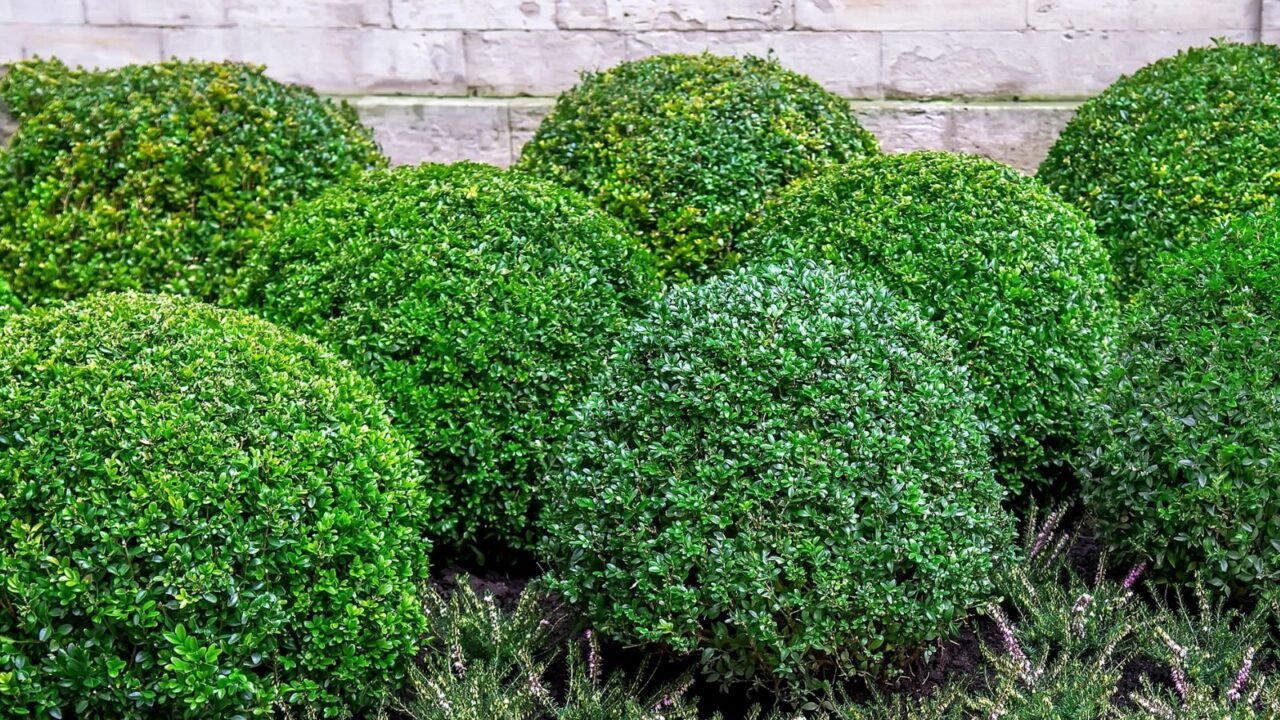
Image credit: Depositphotos.
Steve Corcoran of Lawn Love recommends adding boxwood to your landscape. These hardy evergreen shrubs are low-maintenance and, as he says, “can thrive in your yard for many, many years as long as you provide them with well-draining soil and regular watering.”
One of the selling points of boxwood shrubs, he notes, is “their pruning needs are very minimal,” so you can put the shears away, at least where these plants are concerned. In the winter, Corcoran says to add a layer of mulch to help protect their roots. Otherwise, as long as you plant them in their best zones (he recommends 4 to 9) and provide the little care they need, they can last for years.
Hostas
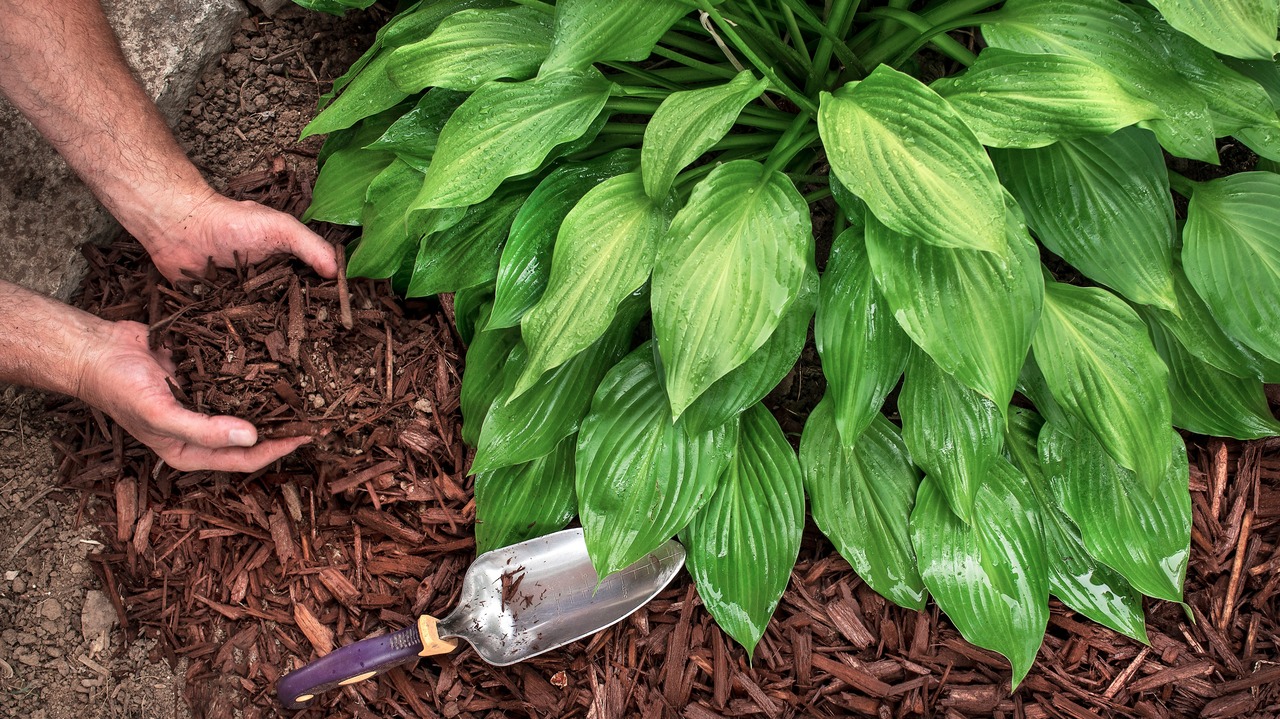
Image Credit: Shutterstock.
Hostas are actually one of my favorite plants that hang around for the year. They’re simple but gorgeous, with thick green and yellow foliage that fans out, providing some serious ground cover. I use them as border plants for my front and back decks. In the summer, you’ll see long shoots pop up out of the middle with elegant flowers in white or purple.
They’re also pretty hardy. I’ve barely had to touch mine since planting them four years ago, except to water here and there during extended periods of no rain — and that’s my kinda deal.
One thing I love about them is if you want more in your yard? There’s no need to buy new hostas. You can split up your existing ones in the early spring or late fall before frost hits by digging up the root clump and cutting it into sections, ensuring each section has an eye (which looks like a bud). Plant those, and you’ll have brand new hostas within a few weeks. These plants are hardy in zones 3 to 8, and sometimes even zone 9.
Rhododendrons
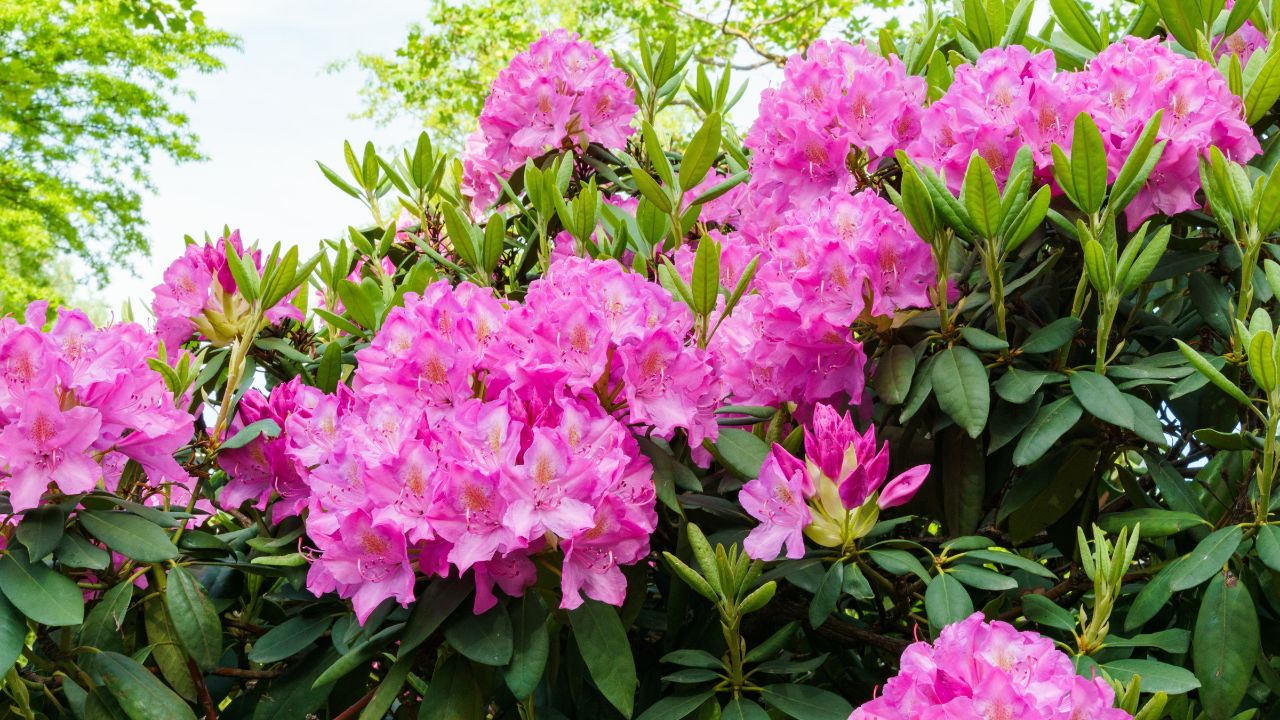
Image Credit: Shutterstock.
Evergreen shrubs are some of my favorite landscape plants, especially flowering ones like the rhododendrons. Even when they’re not blooming, they’re still providing a gorgeous aesthetic with their dark green foliage. While they make excellent border plants, you can also plant them in the middle of a garden bed or near the curb for an impact piece. Bell-shaped flowers typically bloom in the spring to summer months, and they’re quite the sight.
In the beginning, as with most new plants, you’ll need to care for your rhododendrons a bit more until they’re established, according to The Spruce. They need consistently moist, well-draining soil and grow best in partial shade. The payoff, however, is a plant that brightens up your yard every spring and summer but adds to the allure of your landscape all year long. Most varieties grow in zones 4 to 8.
Juniper
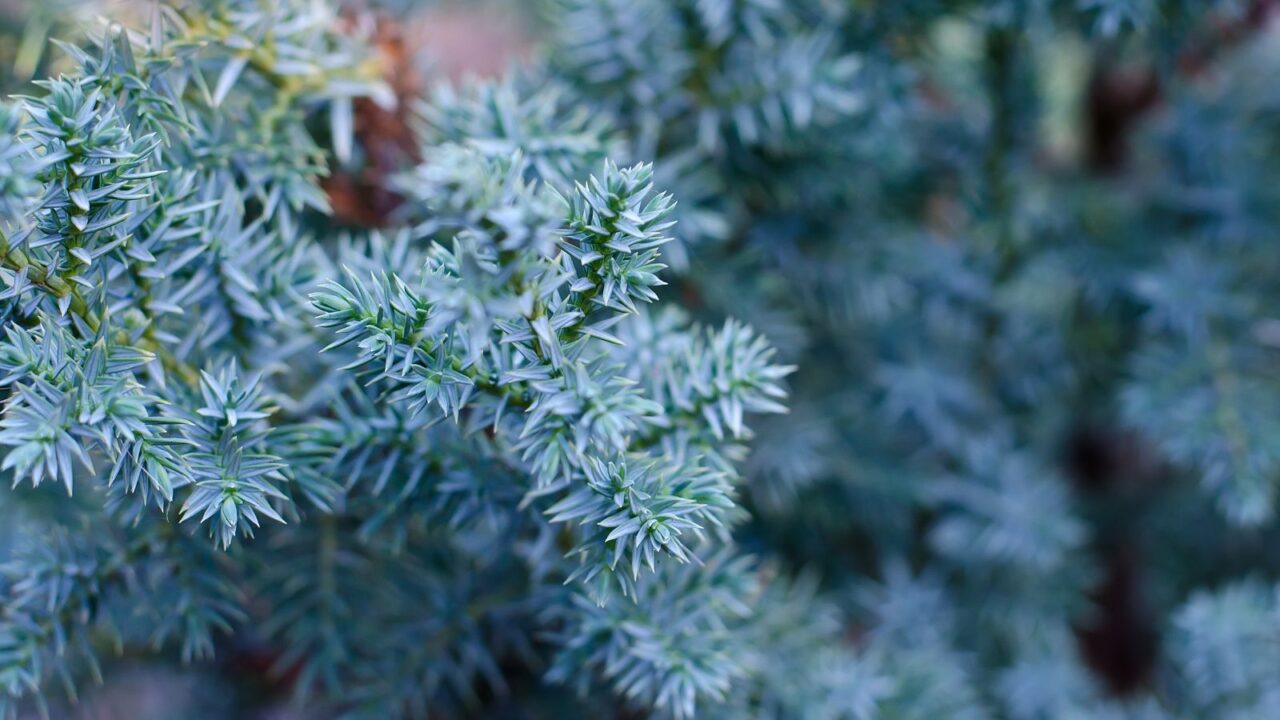
Image credit: Depositphotos.
Juniper is one of those all-year ground covers that thrives in all temperatures and isn’t the least bit picky about where you place it. Seriously, plant it in a garden as an accent, in sand, or as greenery in a rock garden; it’ll be content all on its own.
This plant is also drought-tolerant and resistant to pests (including wildlife!) and disease. You can easily plant it and watch it do its thing in zones 2 to 9.
Arborvitae
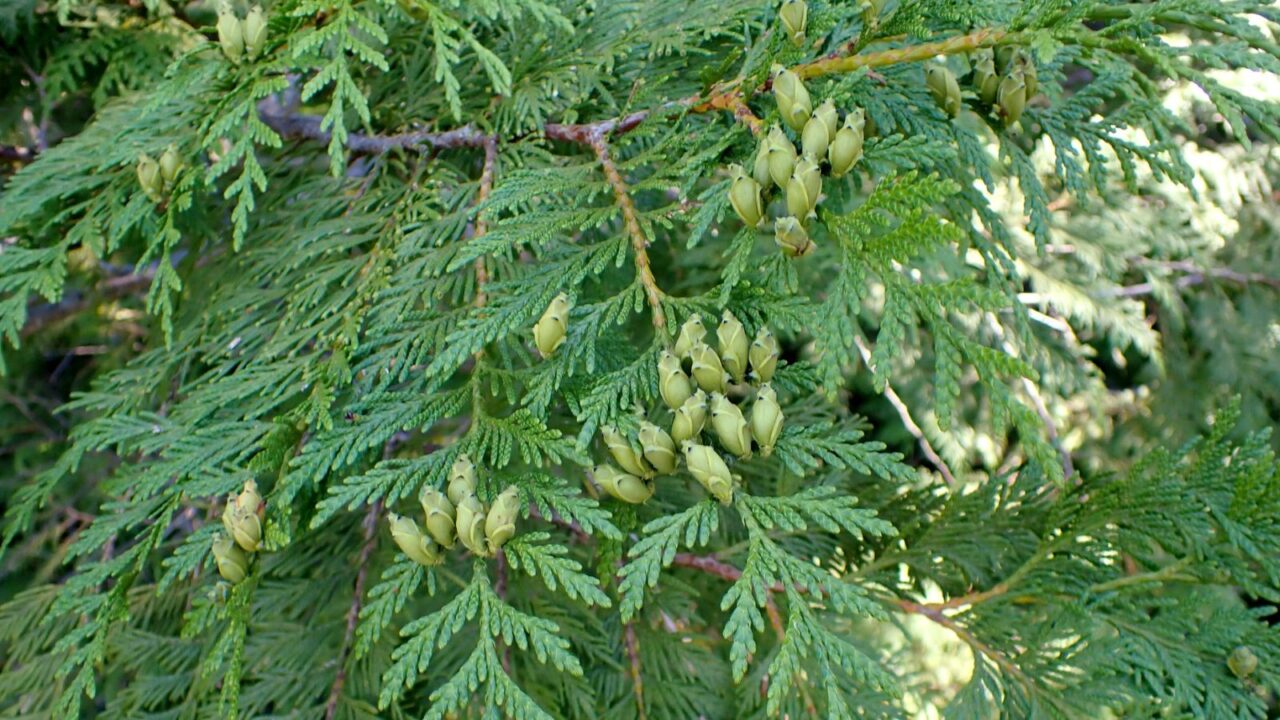
Image Credit: gabe_schp – INaturalist1, CC0, Wiki Commons.
If you’re looking for a truly hardy conifer, don’t pass up the arborvitae. The trees come in several sizes, from small to large, whether cone or ball-shaped, making them a versatile addition to nearly any area of your landscape. A lot of people use them for privacy screens or to line walkways, where they add elegance. Some varieties, like the Steeplechase or Emerald Green, have dense foliage that makes for great hedges.
Arborvitae are super simple to care for, requiring only minimal pruning and trimming to keep their shape. Plus, they’re hardy and grow in many different soil types. They thrive in zones 3 to 8.
White Clover
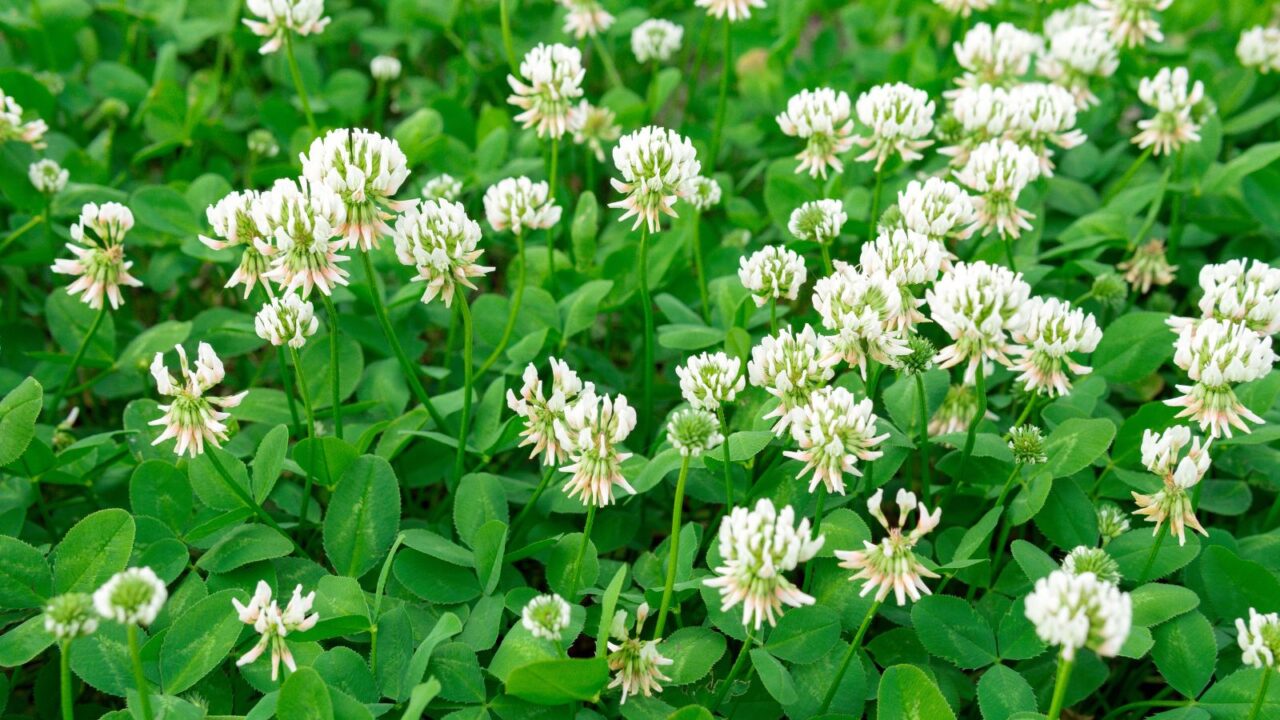
Image credit: DepositPhotos
This might seem like an unusual addition to the list because some consider it a weed, but I have some decorative clover in my backyard that I love. It’s planted in a circular pattern, adding dimension to my landscape, and even when there’s snow on the ground, it brightly shines through. Other than weeding it, I’ve not touched it in the four years I’ve lived in my home, and if that doesn’t prove it’s hardy, I don’t know what will.
It needs well-draining soil, per The Spruce, but is very drought tolerant, too. It’s hardy in zones 3 to 10.
Get Ready to Plant
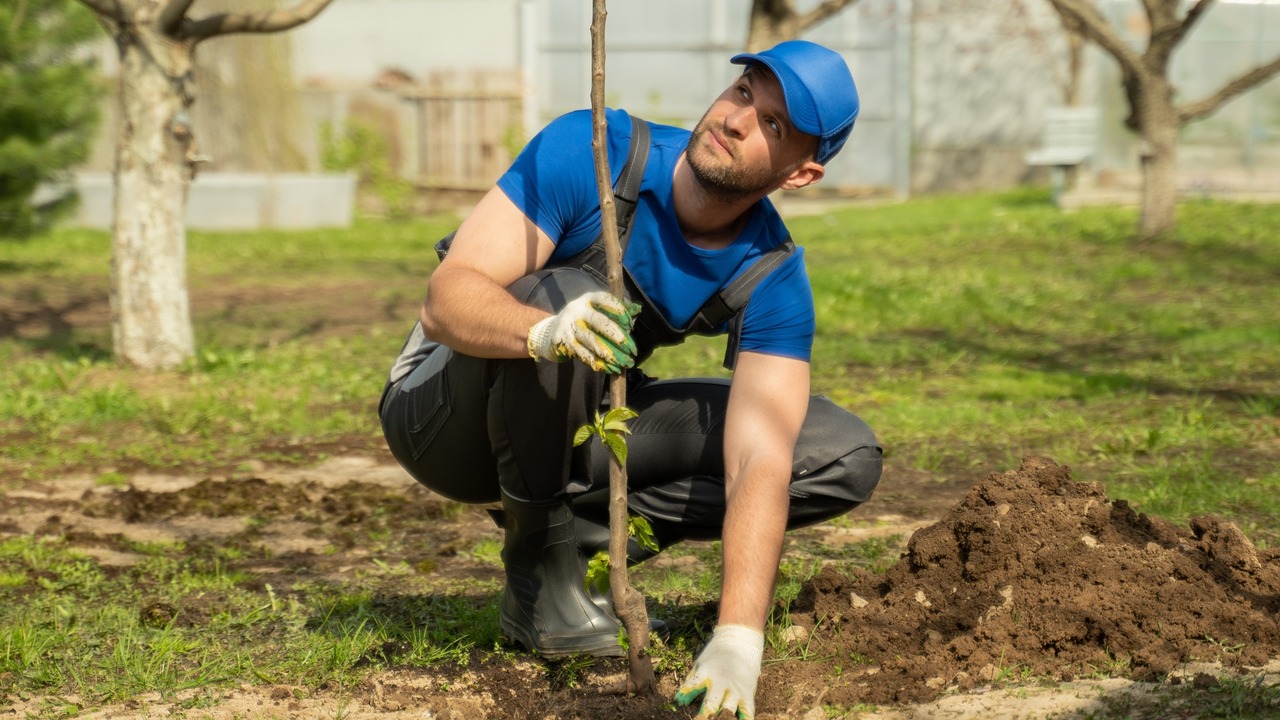
Image Credit: Shutterstock.
Now that we’ve started you off with a variety of plants you can plant with little fuss, it’s time to dig in. Remember, if you’re starting from seed, you’ll need to give the plants a bit of care until they’re fully established.
After that, though? You’re golden and can just sit back and enjoy the view of your lovely landscape.

